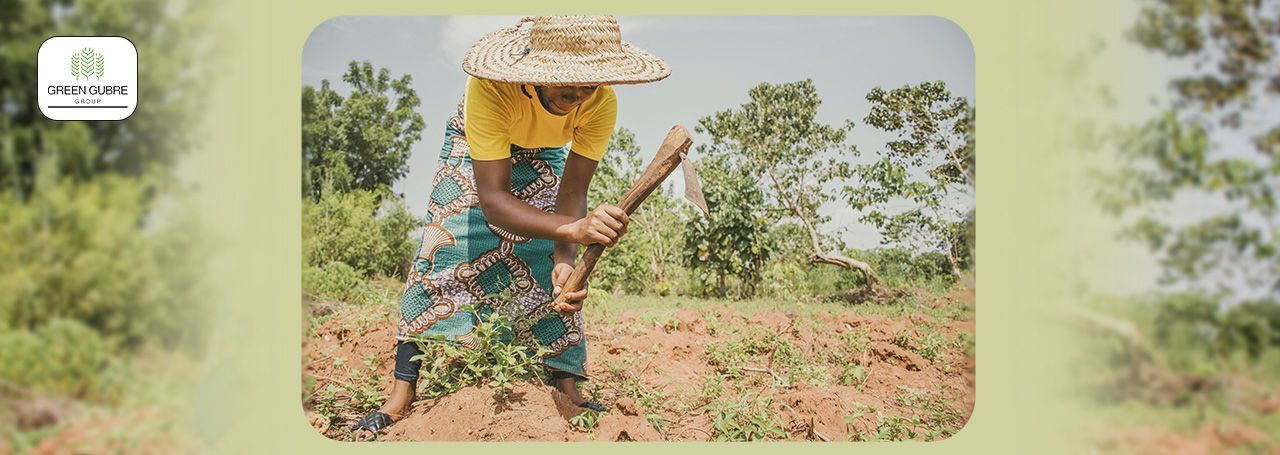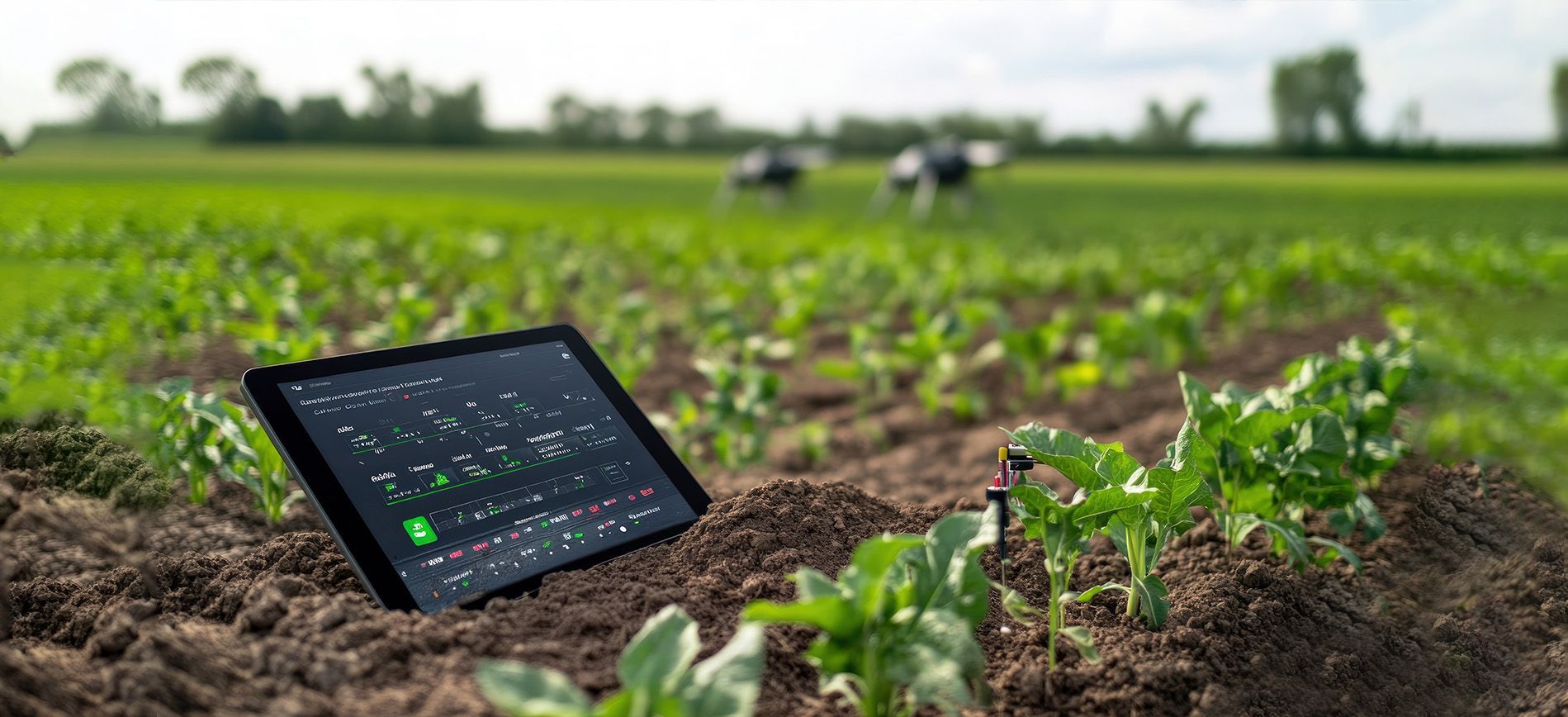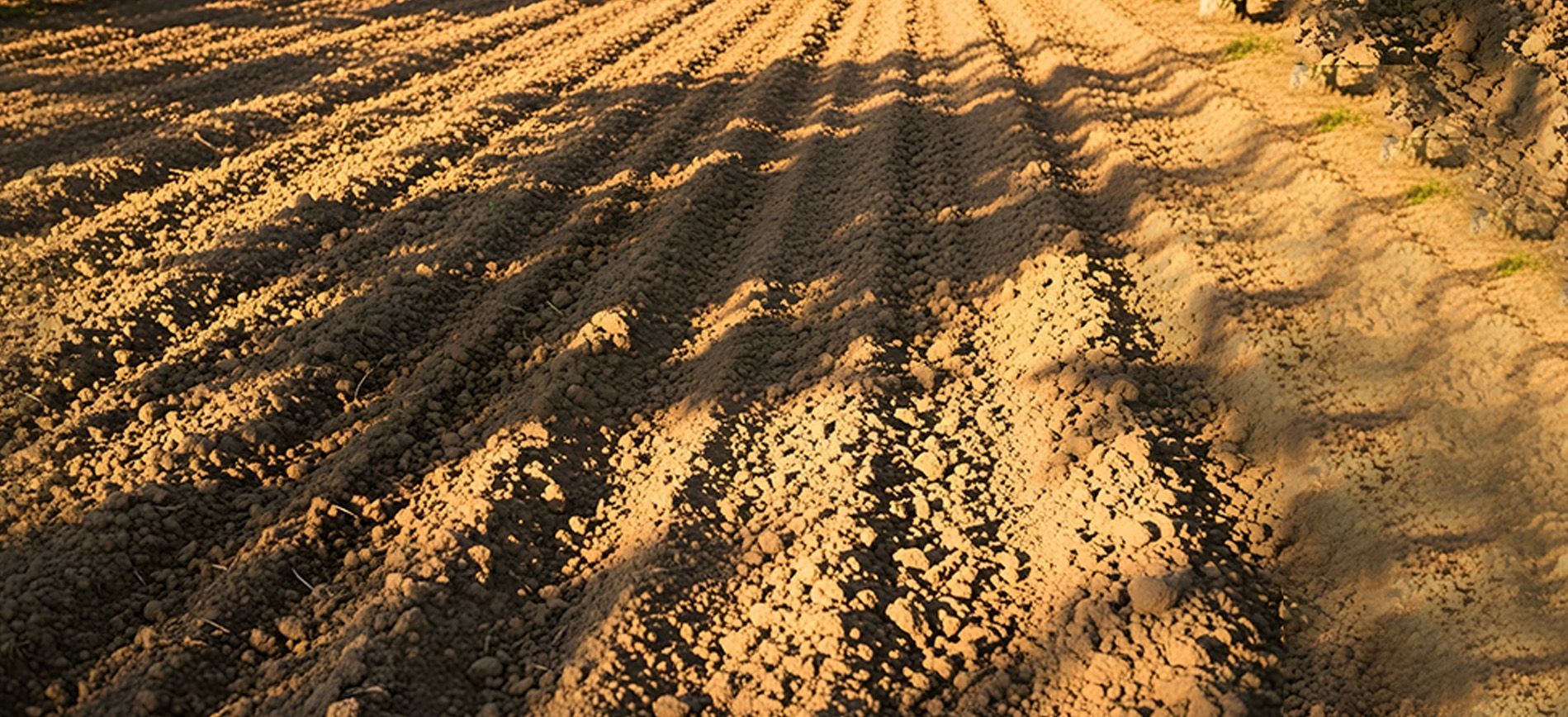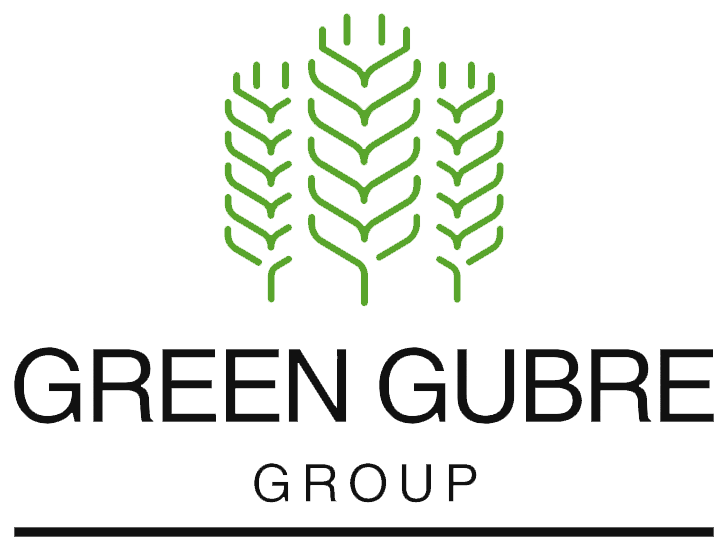Africa’s Fertilizer Blending Revolution – Local Value Addition and Job Creation
Africa’s Fertilizer Blending Revolution – Local Value Addition and Job Creation

Introduction: From Import to Innovation
Traditionally reliant on imported fertilizers, Africa is witnessing a significant shift—the emergence of in-country fertilizer blending plants. These facilities are customizing nutrient formulations, creating local jobs, reducing logistics costs, and helping African countries move up the agricultural value chain.
As fertilizer demand grows alongside food security concerns, governments and private sector players across the continent are investing in
domestic blending capacity. This blog explores how Africa’s fertilizer blending revolution reshapes supply chains, empowers rural economies, strengthens resilience, and inspires a hopeful future for African agriculture.
1. Why Fertilizer Blending Matters for Africa
Rather than producing complex fertilizers from scratch, blendireshapes supply chains, empowersts (like urea, MOP, TS, TSPK), strengthen nutrients formulations suited to:
- Soil conditions
- Crop requirements
- Agro-ecological zones
This approach offers several advantages:
- Lower production costs compared to fully integrated manufacturing
- Increased access to crop-specific fertilizers
- Opportunities for SMEs and cooperatives to engage in agribusiness
2. Economic Impact: Jobs, Investment, and Farmer Productivity
Local blending stimulates:
- Direct employment at plants and packaging facilities
- Indirect jobs across transport, retail, and extension services
- Increased yields, which enhance farmer incomes
According to the African Fertilizer and Agribusiness Partnership (AFAP), for every 10,000 MT of fertilizers blended domestically, more than 100 direct and 500 indirect jobs are created.
Blending plants also:
- Attract foreign direct investment
- Enable price stability through local availability
- Support
national agricultural development plans
3. Policy Support and Regional Strategies
Governments are increasingly adopting policies to promote blending:
- Ghana: Offers tax incentives and infrastructure support for blending plants under the “Planting for Food and Jobs” program.
- Nigeria: Through the Presidential Fertilizer Initiative, dozens of blending plants have been revitalized.
- Kenya & Tanzania: Support local NPK formulation aligned with national soil maps.
Regional blocs like ECOWAS and COMESA are also working to harmonize fertilizer standards and regulations to boost intra-African trade in blended fertilizers.
4. Pan-African Examples of Blending in Action
- Ghana: Yara Ghana and Glofert operate high-capacity blending facilities producing over 300,000 tons annually.
- Nigeria: Over 40 local blenders supply urea-based NPK blends under the PFI model.
- Ethiopia: The government is building regional blending hubs aligned with agro-ecological diversity.
- Kenya: MEA Ltd and Elgon Kenya produce specialty NPKs with sulfur and zinc for maize and tea farmers.
These facilities reduce reliance on imports of finished NPKs, shorten supply chains, and allow for flexible, seasonal formulations.
5. Challenges and the Road Ahead
Despite success stories, the sector faces hurdles:
- Financing and equipment gaps for new entrants
- Inconsistent supply of raw materials like DAP, MOP, and micronutrients
- Lack of awareness among farmers about site-specific blends
Going forward, Africa needs:
- Stronger public-private partnerships
- Regional collaboration for input sourcing
- Training programs for agro-dealers and plant managers
🔗 World Bank – Fertilizer Value Chains in Sub-Saharan Africa
Green Gubre Group: Partnering in Africa’s Blending Boom
At Green Gubre Group, we are actively engaged in:
- Supplying bulk fertilizers (urea, MOP, TSP) for blending plants
- Advising on crop-specific NPK formulations
- Supporting regional partners in West, Central, and East Africa to establish blending facilities and distribution networks
We believe
localized solutions are the key to building resilient food systems and unlocking Africa’s agricultural potential.




